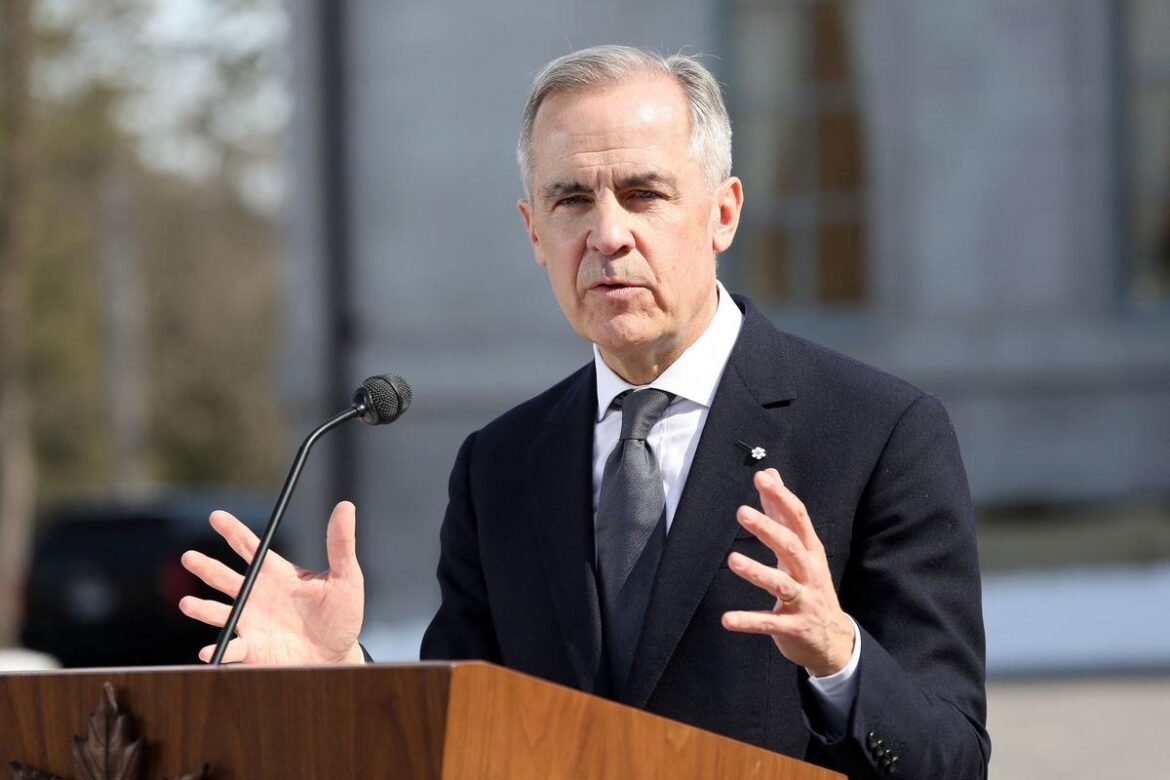Trump’s Tariff Threats Rattle Ongoing Canada-US Trade Talks
Earlier today, a heated exchange between President Donald Trump and Canadian Prime Minister Mark Carney took a new turn as the US administration announced its intent to increase tariffs on Canadian goods to 35% starting August 1. The reasoning? Trump blames what he describes as the ‘flow of fentanyl’ from Canada into the United States.
Carney, who has been pushing for trade renegotiations with Washington, took the claim seriously—but also pointed to his nation’s active role in combatting drug trafficking. “We are committed to continuing to work with the United States to save lives and protect communities in both our countries,” Carney wrote on X, formerly Twitter.
Why Fentanyl?
The mention of fentanyl—an opioid that has devastated communities across North America—puts a moral spin on what is otherwise a pointed trade dispute. Trump’s message, sent directly to Carney, makes it clear: economic relief is possible, but only if Canada cooperates on stemming drug flow.
“If Canada works with me to stop the flow of Fentanyl, we will, perhaps, consider an adjustment to this letter,” said Trump in the latest correspondence.
The phrasing, filled with conditional tones and open-ended possibilities, leaves much room for interpretation. Still, the message itself couldn’t be clearer: economic relief is tied to enforcement over borders.
Timeline of Events Leading to This Moment
- Monday: Trump began issuing a series of tariff letters to trading nations.
- Wednesday: Sources close to Washington hint at rising frustration with Canada’s approach to trade and border safety.
- Friday morning: Trump officially notifies Canada of the 35% tariff decision, effective August 1.
- Friday afternoon: Carney responds publicly via social media, defending Canada’s record.
- Next deadline: July 21 for a prospective deal, although that now appears uncertain.
The current tariff rate of 25% was already a sticking point—raising it by 10 percentage points adds meaningful pressure.
The Bigger Picture on Fentanyl
Canadian officials quickly rejected the core claim. “Only a small fraction of fentanyl entering the U.S. has ever been traced back to Canada,” a senior government source told Reuters.
To be fair, drug enforcement is tricky, and stats are rarely uniform. Canada, for its part, has reportedly invested heavily in increasing border checks, surveillance, and tactical teams aimed at halting illicit substances.
But international relations can be more about perception than reality. A public statement, even loosely grounded, can tilt negotiations. Trump appears well aware of this.
Official Statements from Both Leaders
Mark Carney’s Response
Carney’s reaction walked a tightrope. He acknowledged room for improvement but defended the progress already made. In his words:
“Throughout the current trade negotiations with the United States, the Canadian government has steadfastly defended our workers and businesses. We will continue to do so as we work towards the revised deadline of August 1.”
He also painted a broader vision, moving beyond trade disputes:
“We are building Canada strong. The federal government, provinces and territories are making significant progress in building one Canadian economy. We are poised to build a series of major new projects in the national interest. We are strengthening our trading partnerships throughout the world.”
Trump’s Latest Letter
Where Carney opted for reassurance, Trump leaned on leverage. The tone of his letter? Unmistakably transactional.
“If Canada works with me to stop the flow of Fentanyl, we will, perhaps, consider an adjustment to this letter,” he said. The caveat of “perhaps” is crucial—it leaves everything ambiguous. It also gives Trump the upper hand in future talks.
Community Response Across Borders
In Canada
Reactions have been mixed. Some praised Carney’s calm diplomacy. Others, particularly business leaders in Ontario and Alberta, are worried about the implications on exports. The timing couldn’t be worse: summer is peak trade season for many industries tied to the cross-border economy.
One small manufacturer in Windsor, Ontario, told us, “We’ve already been navigating tight margins the last couple of years. A 35% tariff? That’s not just pressure—that’s a knockout punch.”
In the United States
On the American side, opinions rest heavily on political alignment. Some conservative groups promoted Trump’s strategy, calling it a necessary nudge to secure borders. Public health advocates expressed concern that the fentanyl rhetoric may be misdirected or exaggerated for gain.
“Tying tariffs to the drug crisis is a risky precedent,” said a border policy analyst in Vermont. “We need cooperation, not threats.”
What’s Next?
Trade officials from both countries are expected to meet—quietly—over the weekend to assess the situation. Informal talks may help reset the tone, but the reality is: the August 1 deadline looms. Trump’s letter made it clear that tariffs could even go higher if Canada ‘retaliates.’
With less than a month left, and a July 21 soft deadline already looking shaky, Canadian negotiators are likely reviewing contingency plans. Some analysts suggest that new partners in Europe or Asia could be sought out, just in case Washington digs in its heels.
Can Trade Negotiations Still Be Salvaged?
That’s the million-dollar question.
In the words of one Montréal-based economic consultant: “They’re dancing at the edge. It’s not broken yet, but one more misstep and the whole process could stall for months.”
For now, both countries are still—technically—talking. But the tone has shifted. Trust feels thinner. Deadlines tighter.
We’ll be watching over the coming days to see if anyone backs down—or backs away.
Summary for Readers
- Trump raises tariffs on Canadian imports to 35% starting August 1.
- He cites the ‘flow of fentanyl’ from Canada as justification.
- Carney defends Canada’s progress, calls for continued cooperation.
- Trade talks now face significant risk of derailment.
- Both governments are trying to keep the lines of negotiation open.
Stay tuned. This story is very much still evolving.

